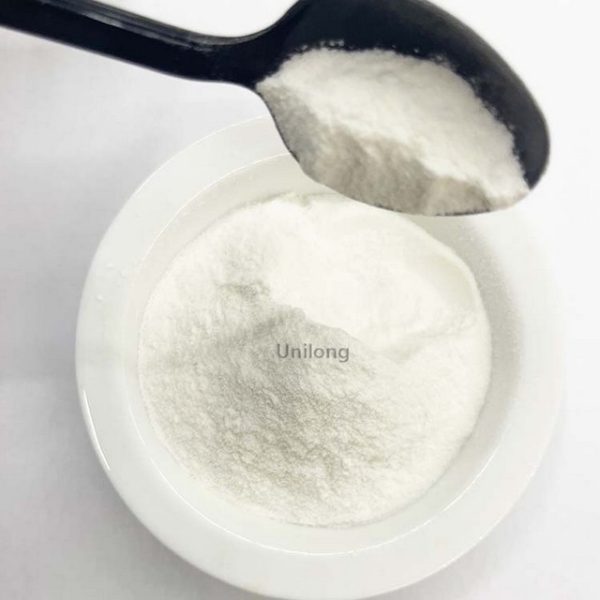CAS:107-22-2
Molecular Formula:C2H2O2
Molecular Weight:58.04
Appearance:A colorless or yellowish transparent liquid
EINECS:203-474-9
Synonyms: BISFORMYL; glyoxylaldehyde; GLYOXAL SOLUTION; GLYOXAL; DIFORMYL; ETHANEDIAL; 1,2-ethanedione; (CHO)2
What is Glyoxal?
Glyoxal, also known as oxalate aldehyde, with the molecular formula C2H2O2, is a light yellow slightly irritating liquid that is easily soluble in water, alcohol, and ether. The vapor is green and burns with a purple flame. Quickly polymerize when placed, in contact with water (violent reaction), or dissolved in aqueous solvents. Usually exists in various aggregated forms. When heated, anhydrous polymers transform back into monomers. The aqueous solution of glyoxal is weakly acidic and can be evaporated under vacuum to obtain poly (glyoxal) or trimeric glyoxal. The products sold on the market are mostly glyoxal aqueous solutions with a concentration of 30% -40%, which exist in the form of tetraalcohols.
Glyoxal (40%) aqueous solution is a colorless or light yellow transparent liquid. Glyoxal aqueous solution is very stable and exists in the form of hydrates, with almost no volatilization. The chemical properties are very active, and it is easy to produce resin like solid polymers when placed.
Specification
| ITEM | STANDARD |
| Appearance | A colorless or yellowish transparent liquid |
| Chroma Pt-Co (APHA) | ≤20 |
| Glyoxal (%) | ≥40.0 |
| Total acidity (%) | ≤0.2 |
| Glycol (%) | ≤2.0 |
Application
Glyoxal can react with compounds containing hydroxyl groups to form acetals, mainly used as raw materials for products such as glyoxylate, M2D resin, imidazole, as well as insoluble adhesives for gelatin, animal glue, cheese, polyvinyl alcohol and starch, and as shrinkage inhibitors for artificial silk
Package
250kg/drum or requirement of clients.














